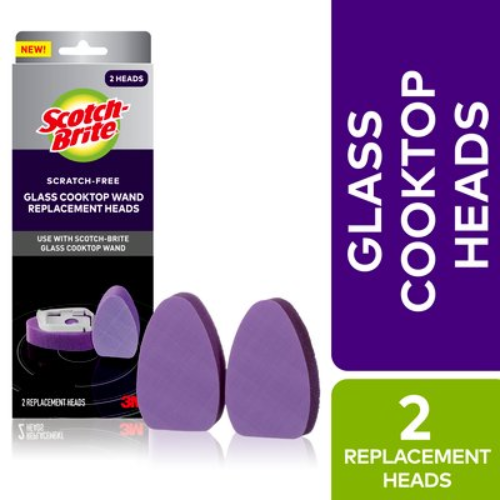Creating an eco-friendly home benefits the environment and promotes a healthier and more sustainable lifestyle for you and your family. Embracing eco-friendly practices reduces your ecological footprint and conserves natural resources. This article will explore practical tips to make your home eco-friendly, encouraging energy efficiency, waste reduction, and greener living space.

Energy-Efficient Lighting
Switch to energy-efficient lighting options, such as LED or compact fluorescent bulbs, which consume less electricity and have a longer lifespan. Additionally, remember to turn off lights when not in use, and consider installing motion-sensor or timer switches for outdoor and indoor lighting.
Optimize Heating and Cooling
Keep your home’s heating and cooling systems well-maintained to ensure optimal efficiency. Regularly clean or replace air filters and seal any leaks around windows and doors to prevent energy wastage.
Sustainable Materials and Furnishings
When renovating or furnishing your home, opt for sustainable and eco-friendly materials. Look for furniture made from recycled or reclaimed materials, and choose eco-certified wood products. Consider incorporating bamboo or cork flooring, as these materials are renewable and biodegradable.

Reduce Water Consumption
Conserve water by fixing leaks promptly and installing water-efficient fixtures, such as low-flow toilets and aerated faucets. Consider collecting rainwater to water your plants and garden. Also, adopt water-saving practices like taking shorter showers and utilizing a broom instead of a hose to clean outdoor spaces.
Energy-Efficient Appliances
Upgrade to energy-efficient appliances, such as ENERGY STAR-rated refrigerators, washing machines, and dishwashers. These appliances are designed to use less energy, reducing electricity consumption and lowering utility bills over time.
Use Natural Light and Ventilation
Maximize natural light use during the day by keeping curtains open and arranging furniture to allow light to reach more areas of your home. Open windows and use natural ventilation whenever possible to reduce the need for air conditioning and freshen indoor air.

Adopt Recycling and Composting
Implement a recycling program in your home to reduce waste sent to landfills. Separate recyclables like paper, cardboard, plastic, and glass and ensure they are collected and sent for recycling. Additionally, start composting food scraps and yard waste to create nutrient-rich soil for your garden.
Embrace Eco-Friendly Cleaning
Switch to eco-friendly cleaning products that are non-toxic and biodegradable. Look for products with eco-label certifications that indicate their environmental friendliness. You can also make cleaning solutions using simple and natural ingredients like vinegar, baking soda, and lemon.
Conclusion
Creating an eco-friendly home involves adopting simple yet impactful practices that benefit the environment and your well-being. By incorporating energy-efficient lighting, optimizing heating and cooling, reducing water consumption, using sustainable materials, upgrading to energy-efficient appliances, embracing natural light and ventilation, adopting recycling and composting, and switching to eco-friendly cleaning, you can make your home a greener and more sustainable living space. Small changes add up, collectively contributing to a healthier planet for current and future generations.







